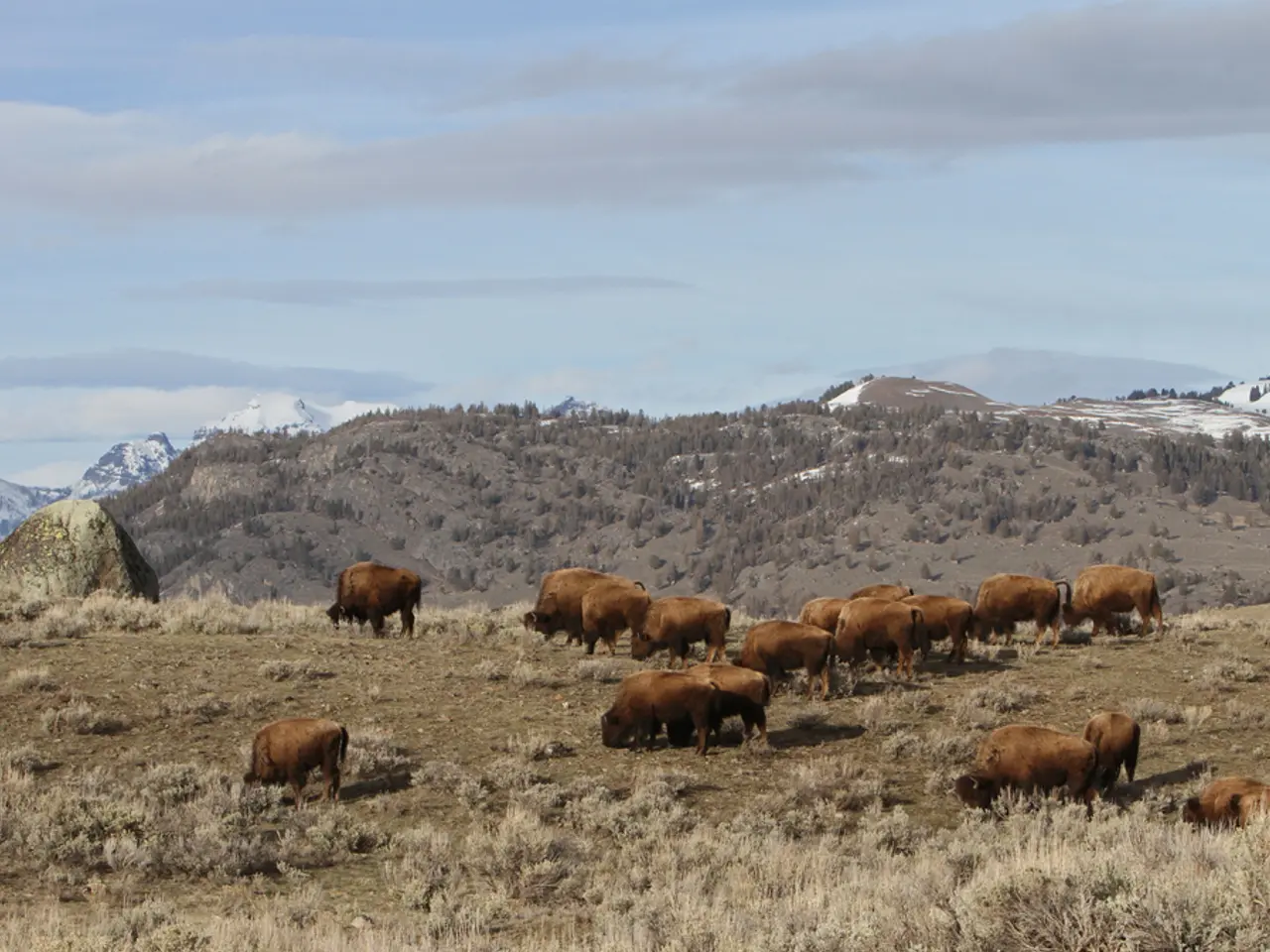Seven Strategies for Respectful Wildlife Observation, Safeguarding the Natural World's Integrity
Wildlife tourism offers a unique opportunity to connect with the natural world and support conservation efforts. Here are some key practices to ensure a responsible and sustainable experience.
Minimizing Disturbance to Wildlife and Habitats
Maintaining safe distances and avoiding disruptive behaviours is crucial to prevent stress or harm to wildlife. By implementing ethical viewing practices, you're not just witnessing nature's wonders - you're actively participating in their preservation.
Funding Conservation Through Sustainable Tourism
Choosing tourism models that directly fund biodiversity and habitat protection is another important aspect. Supporting conservation through sustainable tourism revenue helps ensure the long-term survival of wildlife populations and their habitats.
Education and Awareness
Educating tourists about biodiversity, local ecosystems, and responsible behaviours fosters awareness and encourages sustainable conduct. By sharing knowledge, we can multiply our positive impact on other visitors.
Community-Based Conservation
Supporting community-based conservation initiatives involves local stakeholders in management and monitoring. This ensures that tourism benefits local people and conservation alike, creating a sustainable coexistence between humans and nature.
Avoiding Exploitation
Avoiding animal encounters involving forced contact or training, and instead favouring natural observation experiences, is essential. This approach respects the natural behaviour and welfare of wildlife.
Minimizing Environmental Impact
Minimizing environmental impact is another key principle. Staying on trails, preventing pollution, reducing resource overuse, and encouraging eco-friendly practices by tourism operators are all important steps.
Choosing the Right Gear
Using macro lens and telephoto equipment to create detailed records of natural beauty without physical collection, and choosing mineral-based sunscreens with zinc oxide or titanium dioxide as active ingredients helps protect coral reefs and marine ecosystems.
Making Informed Choices
Your choices as a wildlife tourist directly shape the future of global conservation efforts. By following Leave No Trace principles, you're voting with your wallet for sustainable practices.
Packing Responsibly
Bringing reusable food containers, bamboo utensils, and cloth napkins minimizes environmental footprint during wildlife viewing expeditions. Properly disposing of waste and recyclables protects fragile ecosystems and ensures future generations can enjoy pristine natural habitats.
Understanding Local Regulations
Federal and state laws protect many natural artifacts, with penalties reaching thousands of dollars for violations. Avoiding collecting natural souvenirs or artifacts disrupts ecosystem balance and removes essential habitat components.
Supporting Certified Operators
When you choose certified operators, maintain respectful distances, and follow Leave No Trace principles, you're supporting operators committed to ethical guidelines that do not use baiting or habitat-damaging methods.
Your commitment to ethical viewing practices ensures that future generations will have the same opportunities to connect with nature's incredible biodiversity while supporting the communities that protect these precious ecosystems.
[1] Foster, R. B., & Noss, R. F. (2003). Wildlife-oriented land-use planning: Linking conservation biology and landscape ecology. Society for Conservation Biology, 17(3), 473–482. [2] Walpole, M., & Zahawi, K. (2012). Community-based conservation in practice: The role of local people in wildlife conservation. Wiley-Blackwell. [3] Honey, M., & Naidoo, R. (2014). Ethical wildlife tourism: A review of the literature. Journal of Sustainable Tourism, 22(5), 627–646. [4] Tourism Concern. (2015). Ethical wildlife tourism: A guide for tourists. [5] International Ecotourism Society. (n.d.). Leave No Trace principles for ecotourism.
Read also:
- Budget cuts at federal and state levels jeopardize advancements in fighting HIV and AIDS within Dallas County
- Understanding Prediabetes: A Precursory Condition to Diabetes
- Debating the legitimacy of Borderline Schizophrenia as a distinct mental health disorder?
- Strategies for managing osteoporosis sans medication: Key points to remember







